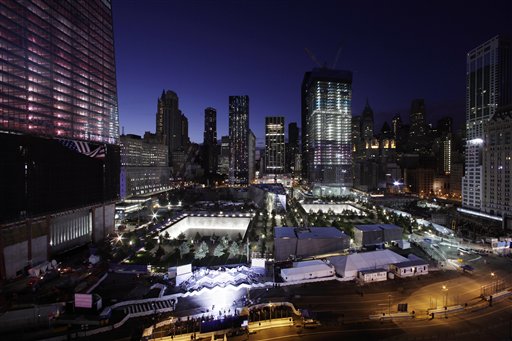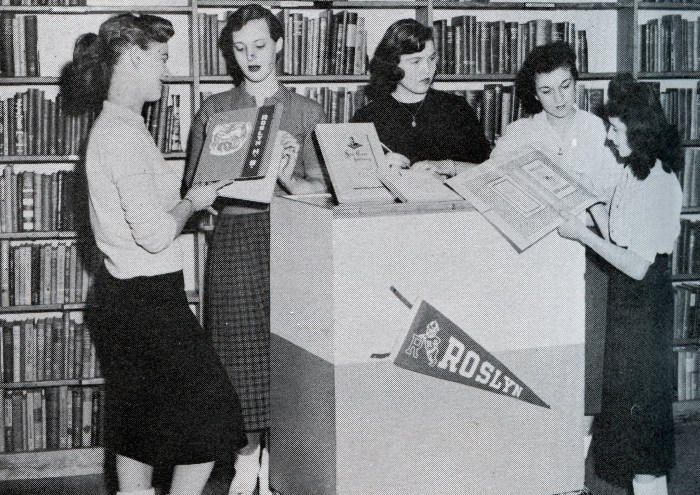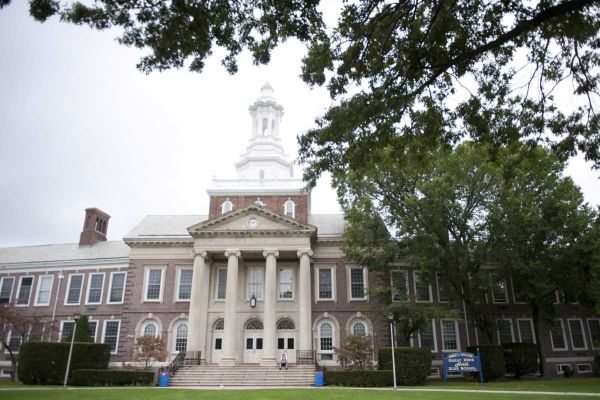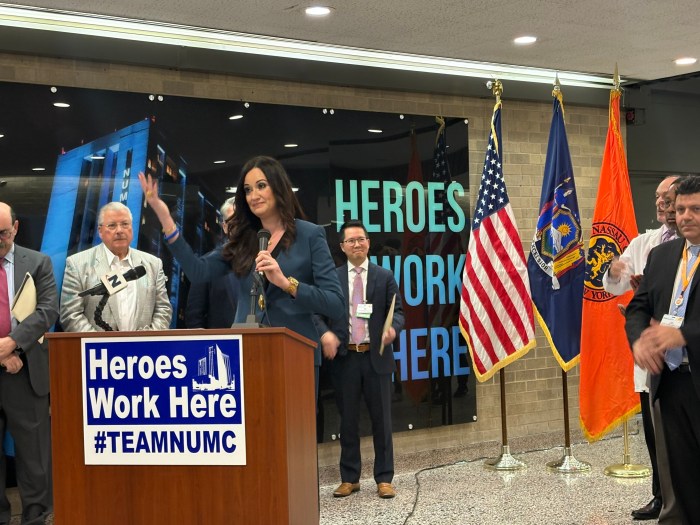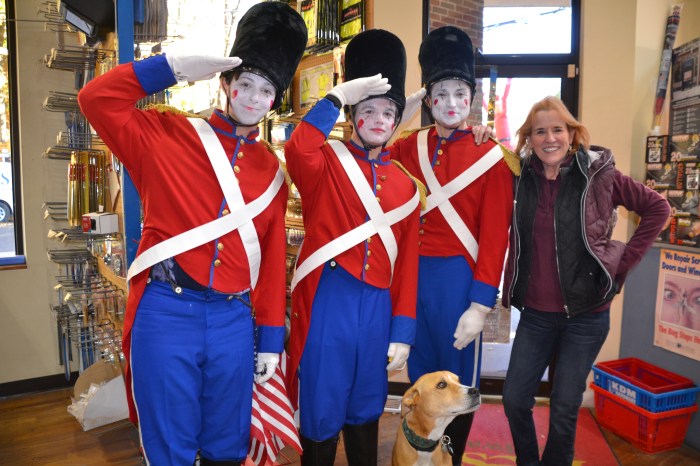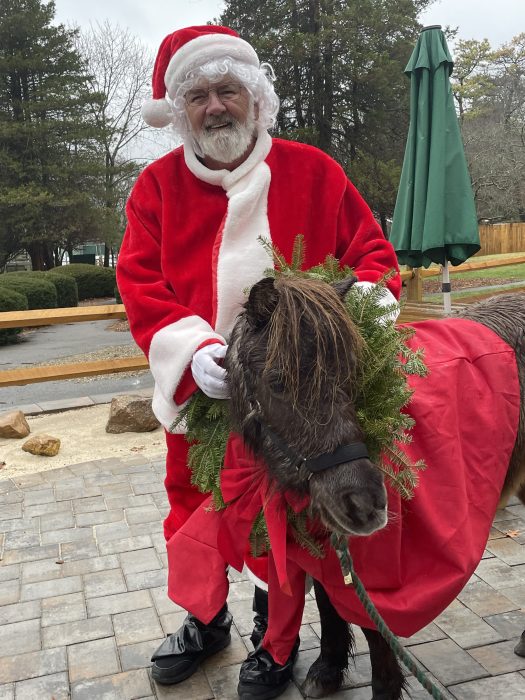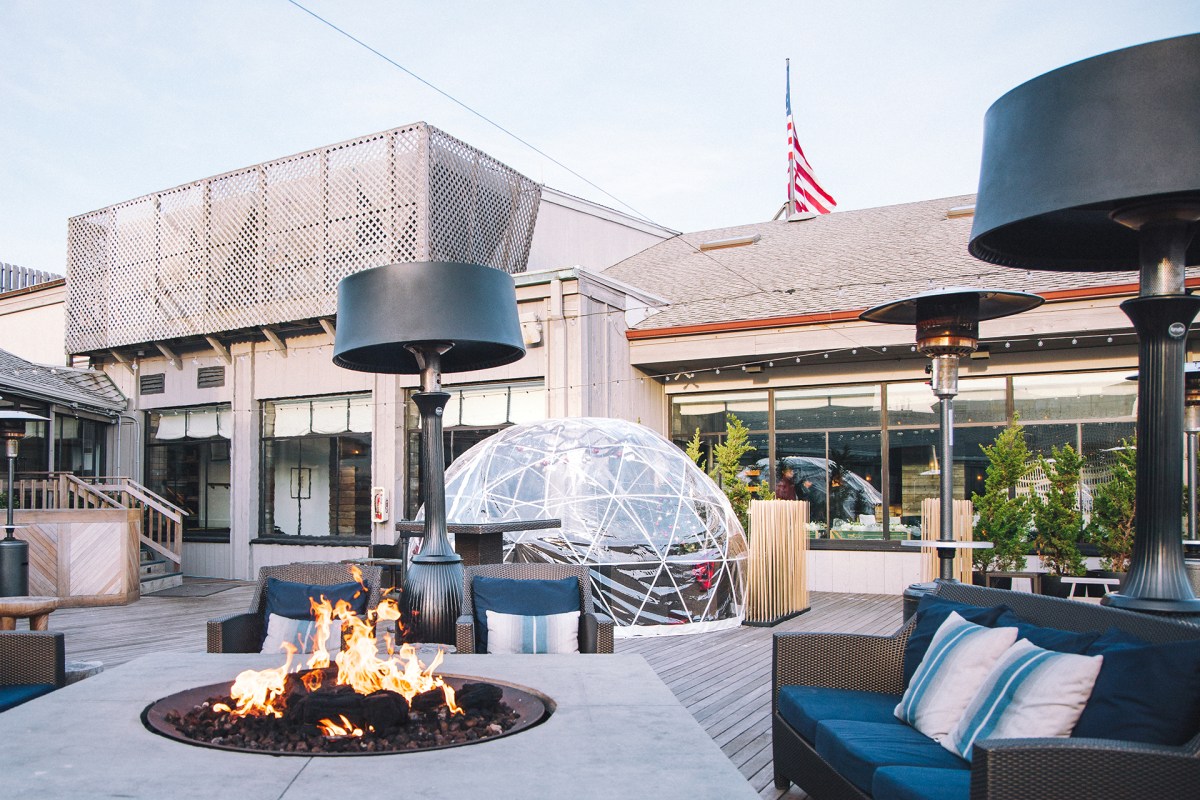
Ten years on, Americans come together Sunday where the World Trade Center soared, where the Pentagon stands as a fortress once breached, where United Airlines Flight 93 knifed into the earth.
They will gather to pray in cathedrals in our greatest cities and to lay roses before fire stations in our smallest towns, to remember in countless ways the anniversary of the most devastating terrorist attacks since the nation’s founding, and in the process mark the milestone as history itself.
As in earlier observances, bells will toll again to mourn the loss of those killed in the attacks. Americans will lay eyes on new memorials in lower Manhattan, rural Pennsylvania and elsewhere, concrete symbols of the resolve to remember and rebuild.
But much of the weight of this year’s ceremonies lies in what will largely go unspoken — the anniversary’s role in prompting Americans to consider how the attacks changed them and the larger world and the continuing struggle to understand 9/11’s place in the lore of the nation.
“A lot’s going on in the background,” said Ken Foote, author of “Shadowed Ground: America’s Landscapes of Violence and Tragedy,” examining the role that veneration of sites of death and disaster plays in modern life. “These anniversaries are particularly critical in figuring out what story to tell, in figuring out what this all means.
“It forces people to figure out what happened to us,” he said.
On Saturday in rural western Pennsylvania, more than 4,000 people began to tell the story again.
At the dedication of the Flight 93 National Memorial near the town of Shanksville, former presidents George W. Bush and Bill Clinton and Vice President Joe Biden joined the families of the 40 passengers and crew aboard Flight 93 who fought back against their hijackers.
“The moment America’s democracy was under attack our citizens defied their captors by holding a vote,” Bush said. “The choice they made would cost them their lives.”
The passengers and crew gave “the entire country an incalculable gift: They saved the capital from attack,” an untold amount of lives and denied al-Qaida the symbolic victory of “smashing the center of American government,” Clinton said.
They were “ordinary people given no time at all to decide and they did the right thing,” he said. “And 2,500 years from now, I hope and pray to God that people will still remember this.”
The Pennsylvania memorial park is years from completion. But the dedication and a service to mark the 10th anniversary of the attacks are critical milestones, said Sally Ware, one of the volunteer “ambassadors” who has worked as a guide at the site since the disaster.
Ware, whose home was rocked when the jet crashed two miles away, recalled how hundreds of people flocked to the site in the days afterward to leave their own mementos and memorials. She began volunteering after finding one along the side of the road — a red rose placed atop a flight attendant’s uniform.
“It really bothered me. I thought someone has to take care of this,” said Ware, whose daughter is a flight attendant. Now, a decade later, she said the memorial may do little to ease the grief of the families of those who died in the crash. But the weekend’s ceremonies recall a story with far broader reach.
The ceremonies honor those who “fought the first battle against terrorism — and they won,” Ware said. “It’s something I don’t want to miss. It’s become a part of my life.”
On Sunday, the nation’s focus turns to ceremonies at the Pentagon, just outside Washington, D.C., and in lower Manhattan for the dedication of the national Sept. 11 memorial. President Barack Obama planned to attend ceremonies at all three sites and was scheduled to speak at a Sunday evening service at the Kennedy Center.
The New York ceremony begins at 8:30 a.m., with a moment of silence 16 minutes later — coinciding with the exact time when the first tower of the trade center was struck by a hijacked jet. And then, one by one, the reading of the names of the 2,977 killed on Sept. 11 — in New York, at the Pentagon and in rural Pennsylvania.
They include the names of 37 of Lt. Patrick Lim’s fellow officers from the police department of the Port Authority of New York and New Jersey. Lim, assigned to patrol the trade center with an explosives detection dog, rushed in to the north tower after it was hit to help evacuate workers. He and a few others survived despite still being inside a fifth-floor stairwell when the building fell.
In the years since, Lim said he has wrestled with survivor’s guilt, realizing the last of those he’d urged ahead of him were crushed when the tower collapsed. He took shelter in selective memory, visualizing the ground covered with women’s shoes amid the destruction.
“That’s how I got through that, because what was attached to the shoes was a lot worse,” Lim said.
The 10th anniversary has forced Lim to revisit an experience he’s worried too many people have pushed from their minds. But the approach of Sunday’s ceremonies has convinced him of the value of revisiting Sept.11, both for himself and others.
When it happened, talking about the events of that day “wasn’t easy for me. This was very difficult. But it became … a catharsis,” he said. “What I want is for people to remember what happened.”
And so arrives a weekend dedicated to remembrance, with hundreds of ceremonies across the country and around the globe — from a memorial Mass at St. Patrick’s Cathedral in New York to a ceremony featuring nine-stories-tall replicas of the twin towers on a plaza in Paris.
It’s easy to forget: As much as 9/11 was an American tragedy, it had a profound affect far beyond U.S. shores. Many who died were citizens of other countries. And the attacks set in motion a decade of wars, more terrorist attacks in Europe and Asia and a worldwide law enforcement offensive that has netted tens of thousands of suspected terrorists.
On Sunday, for all the magnitude of the attacks, some of the most powerful ceremonies will likely be the smallest and most personal.
In Newtown, Conn., retired American Stock Exchange floor broker Howard Lasher planned a ceremony Sunday morning under the canopy of six maple trees standing alongside his gravel driveway; their trunks are painted to resemble an American flag.
Lasher commissioned the painting in the weeks just after Sept. 11, 2001, as a tribute to nine Amex colleagues and the son of another who died inside the trade center.
“I wanted something that would reach out to people, that people would not forget,” Lasher said of the memorial, which has since become a local landmark. “When people drive by here, I want them to envision what this country has been, for all its greatness, and that we should not forget the people who were lost that day and in all the wars, because they died defending what it represents.”
And in Brown City, Mich. — with a population of about 1,300 and no direct connection to the attacks — firefighters plan to lay 343 roses on a 15,000-pound steel beam salvaged from the World Trade Center, in honor of their New York City brethren who perished in the disaster.
Since venturing to New York in June to claim the beam and bring it home, the Michigan firefighters have finished building a brick plaza, lighted around the clock and crowned by three flagpoles. Already, this has become a local shrine, Chief Jim Groat said.
A few days ago, a couple from St. Joseph, Mich. who happened to be driving through, pulled into the fire station lot when they spotted a sign for the memorial. Groat came out to speak with them and the woman explained that she was a flight attendant for American Airlines who’d been aboard a plane the morning of the attacks.
Then she turned to face the steel beam from the trade center.
“She just stood there and cried. She said she was just honored that somebody still cares,” Groat recalled. The chief observed silently, before offering an invitation.
“Will I see you here on Sept. 11?” he asked.
“I’ll be here,” she answered.



